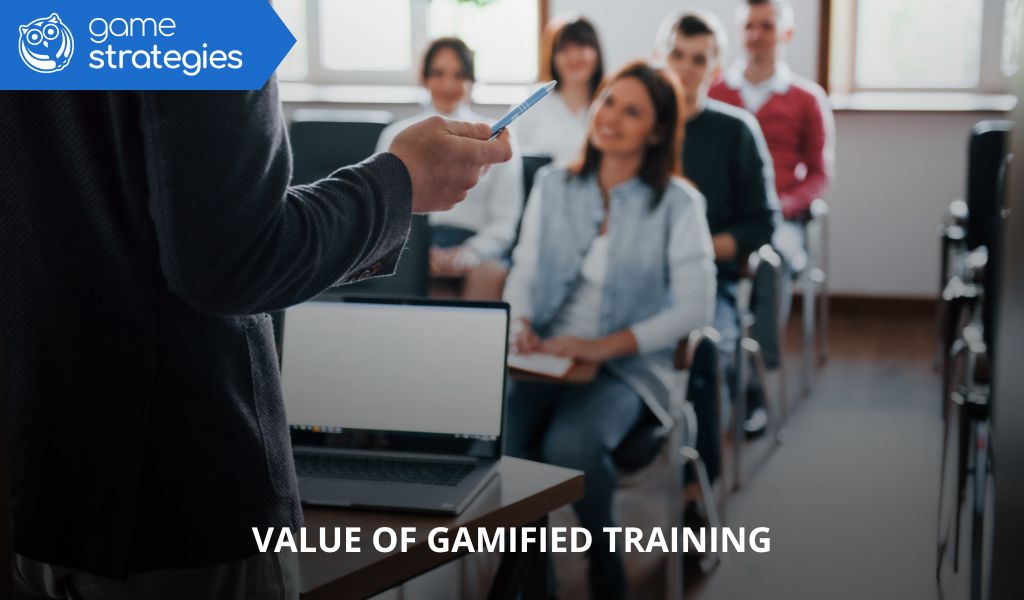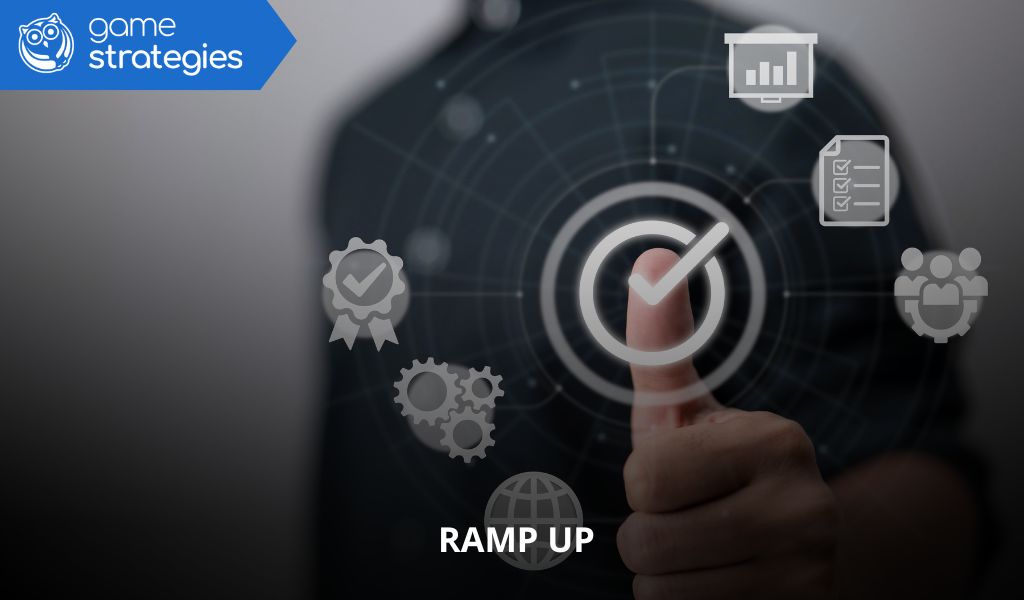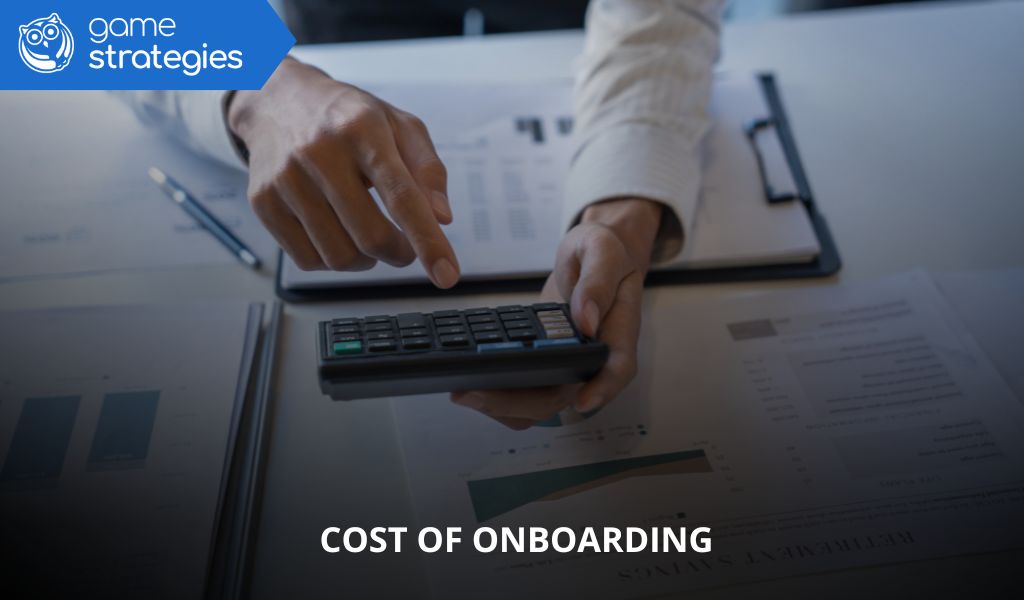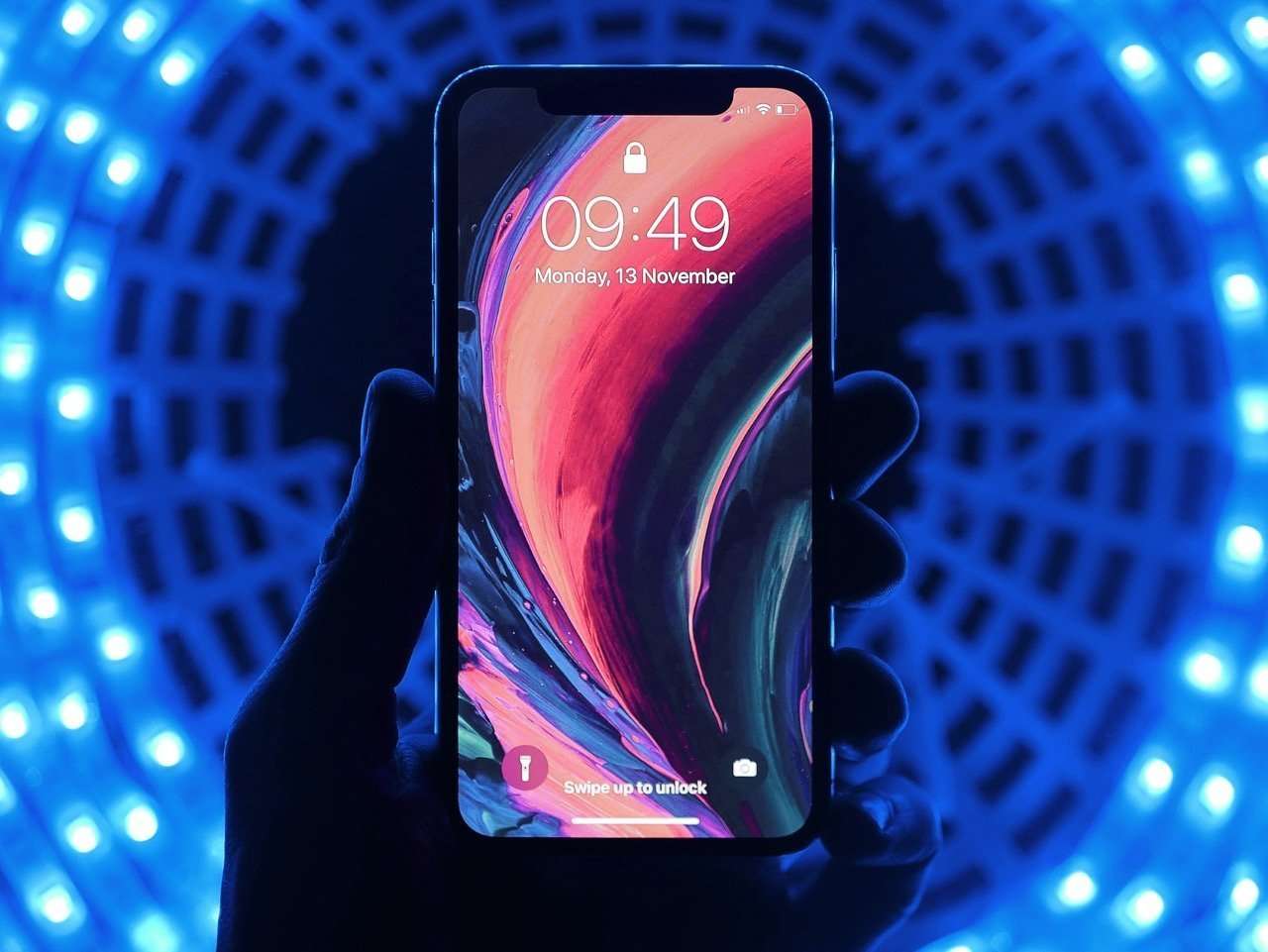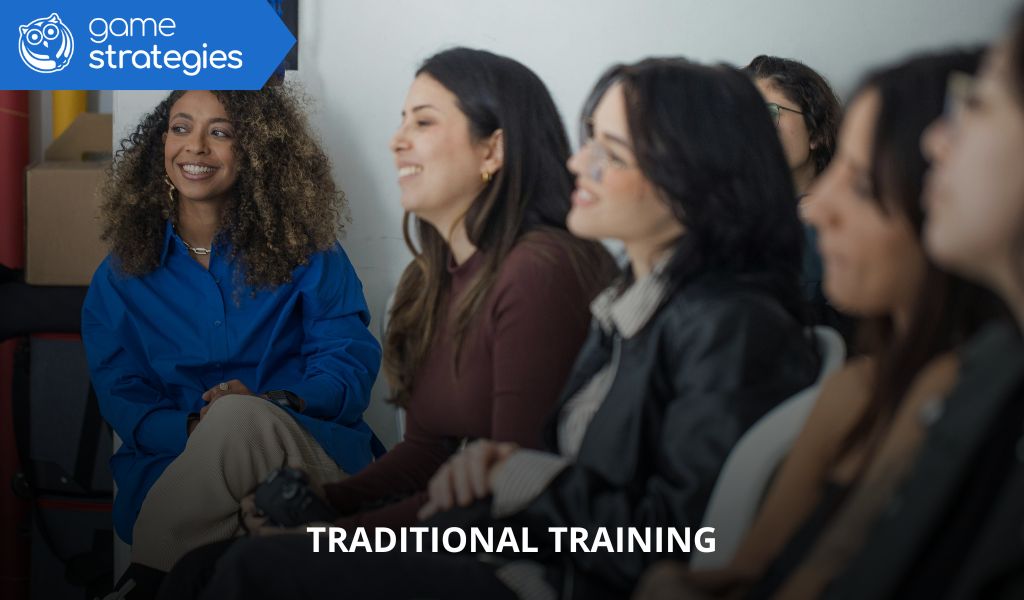In many corporate training reports, one metric still stands out as apparently objective: training hours delivered. But do all hours have the same value? Is an hour spent watching a PowerPoint presentation comparable to an hour solving challenges, making decisions, and receiving instant feedback? The answer is clear: no. And this is where gamified training completely redefines the value of learning time.
In this article, we go beyond the clock. We explore how to measure a training hour based on impact, engagement, and skill transfer. You will see why an hour of gamified learning can be worth more than several traditional hours, and how platforms like Game Strategies make it measurable, cost-effective, and sustainable.
What do we mean by a traditional training hour?
Time-based measurement: origins and limitations
Traditionally, training has been measured in time: a class, a seminar, a session. This logic carried into digital learning, where many platforms still measure training by teaching hours, module duration, or video length.
The problem? Time doesn’t guarantee impact. You can spend an hour in front of a screen without learning anything meaningful. The traditional training hour measures exposure, not assimilation, retention, or application.
The lecture-hour model in conventional e-learning
In this approach, one hour of training usually equals:
- Watching a 60-minute video or reading a long text.
- Completing a multiple-choice test afterwards.
- Spending a set amount of time on the platform.
But it does not measure:
- Whether the learner was truly engaged.
- Whether the content translated into practical skills.
- Whether knowledge was retained after days or weeks.
Thus, the training hour becomes an administrative metric, not a transformational one.
How much is really retained in a passive training hour?
Studies on the forgetting curve show that in passive contexts (watching, reading, listening), retention levels can drop below 20% after a week. This means that after one traditional hour, only a small fraction of content remains in long-term memory, because critical mechanisms—active attention, emotion, spaced repetition, and real-world context—were never activated.
What makes a gamified training hour different?
The difference between duration and impact
In gamified training, an hour is not measured by clock time but by learning impact density. It might last only 40 minutes, but if learners interact, decide, make mistakes, and receive feedback, the learning can surpass two hours of traditional training.
Gamification transforms learning:
- From memorisation to experimentation.
- From passivity to active participation.
- From standardised content to personalised challenges.
Active participation vs content consumption
In a gamified hour, learners don’t just consume content—they act. Every action has consequences within the learning environment, stimulating active, emotional, and voluntary learning. This not only boosts retention but also accelerates real-world application.
Factors that enrich learning in less time
Key elements that multiply training value include:
- Immersive narratives that contextualise decisions.
- Simulations and challenges requiring applied knowledge.
- Immediate rewards such as points, badges, or levels.
- Real-time feedback correcting errors instantly.
- Spaced repetition reinforcing mental connections.
How to measure the value of a gamified training experience

Engagement and participation indicators
Key metrics include:
- Active time on tasks.
- Goal completion rates.
- Frequency of challenge participation.
- Net Promoter Score (NPS) for the training experience.
These metrics measure not just exposure but intensity and commitment.
Observable behavioural changes
True value lies in application, measured through:
- Skills demonstrated in simulations.
- Practical evaluations against real-world scenarios.
- Performance comparisons before and after gamified content.
Transfer to the workplace
Impact becomes visible through:
- Fewer operational errors or incidents.
- Increases in sales, efficiency, or customer satisfaction.
- Improvements in NPS, response times, or perceived quality.
Qualitative vs quantitative metrics
A holistic approach combines:
- Quantitative data: execution speed, levels achieved, accuracy.
- Qualitative data: surveys, interviews, testimonials about behavioural change.
This complete view captures both performance and perception.
Why an hour with Game Strategies is worth more
Game Strategies maximises productivity in every training minute by combining all these elements in one effective solution:
- Impact metrics: from learner actions and simulations to business KPIs (sales, error reduction, satisfaction).
- Smart automated feedback: personalised guidance in real time.
- Spaced repetition and continuous gamification: reinforcing key lessons without monotony.
- Realistic simulators and branching scenarios: every hour involves dynamic decisions, emotions, and consequences.
- Integrated analytics with corporate KPIs: directly linking training hours with measurable ROI.
In short, one gamified training hour with Game Strategies doesn’t just teach—it transforms, driving measurable behavioural change and business results.
The training hour is no longer defined by its duration but by its capacity to generate change. In a world where time is limited and outcomes are essential, gamified training delivers more value in less time.
If you want every training minute to become a visible, measurable, and effective investment, explore how Game Strategies turns each hour into a driver of real transformation.
¿De cuánta utilidad te ha parecido este contenido?
¡Haz clic en una estrella para puntuarlo!
Promedio de puntuación 0 / 5. Recuento de votos: 0
Hasta ahora, ¡no hay votos!. Sé el primero en puntuar este contenido.

